At first, I couldn't think of any mechanism to get great isolation between the front-end and the sense amps because hundreds of volts of isolation sounds like capacitive isolation. Capacitive coupling wouldn't allow DC to pass normally. If some sort of dynamic sensing was done, I would think the accuracy would drop greatly. I guess the alternative here is that you simply lose the DC component in this case.
Then I thought maybe you could have a front-end be a MOSFET common-drain/voltage follower with a special FET that has a thick gate oxide increasing the breakdown voltage. Is that all it is? Is it multiple stages of that with each stage on a separate isolated power rails?
Spehro's answer here created the question for me: Can an op amp Vin+ and Vin- be outside the supply voltage so long as their difference is inside it?
This doesn't answer the question, but it's related: Why so few osilloscope with dedicated isolated channels?
